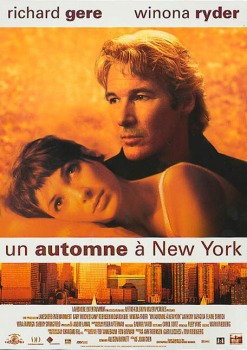
“The verse may be the most ambitious I’ve ever seen.

It’s this very same verse that composer Alec Wilder, in his book American Popular Song, The Great Innovators 1900-1950, praises. I played it at one or two Westport get-togethers and found the listeners retreating to the bar in the middle of the verse.” Again from his autobiography he discusses the “premier” of the tune: “Both the long ‘conversational’ verse and the constantly modulating refrain contained not a particle of what the Harms (publishing company) moguls called ‘popular appeal’ the song was a genuine emotional outburst and, possibly, this genuineness accounted for its subsequent standard status. In his autobiography Passport to Paris Duke described the show as “a decent, average revue received decent, average notices.”ĭuke wrote “ Autumn in New York” while vacationing in Westport, Connecticut.

Harold Murray, and the finale, “ Autumn in New York.” Only the latter remained in the show which opened on December 27, 1934, and closed five months later. Thirteen years later it rose to number 27 on the pop charts thanks to a fine vocal version by Frank Sinatra.Ĭhart information used by permission from Joel Whitburn's Pop Memories 1890-1954Ĭomposer Vernon Duke wrote three pieces for Thumbs Up!: a dance number for Hal Le Roy to tap to, a tango for J. Vernon Duke’s composition was written for the 1934 show Thumbs Up! and introduced by J. the song was a genuine emotional outburst and, possibly, this genuineness accounted for its subsequent standard status.”


 0 kommentar(er)
0 kommentar(er)
